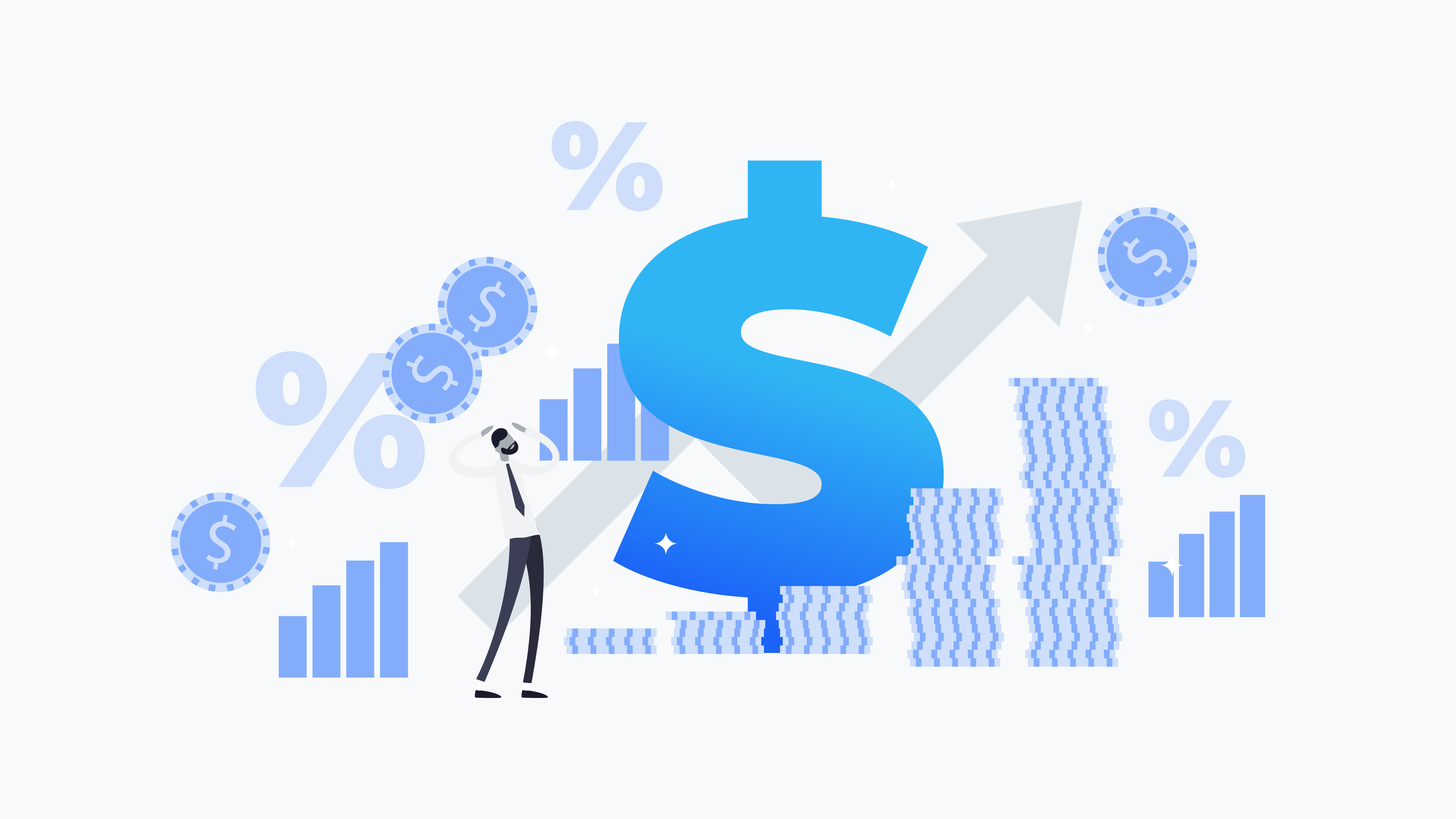
Master Effective Rates Strategies to Make The Most Of Profit
In the ever-evolving landscape of commerce, mastering reliable prices strategies is necessary for companies aiming to take full advantage of earnings. A nuanced understanding of prices psychology can dramatically influence client behavior and acquiring choices.
Understanding Pricing Psychology
Understanding rates psychology is critical for organizations intending to optimize their rates techniques. This field examines just how customers regard costs and just how these perceptions influence their purchasing choices. Trick concepts in rates psychology consist of the anchoring effect, where the first price offered functions as a reference factor for customers, and the concept of rate sensitivity, which differs amongst various customer sectors.
Additionally, businesses can utilize the notion of regarded worth, where the viewed benefits of a services or product can justify a higher price factor. For instance, premium rates can produce an aura of exclusivity, attracting customers that link higher prices with remarkable high quality. On the other hand, psychological prices, such as establishing a rate at $9.99 rather of $10, can substantially affect customer behavior by making costs appear much more eye-catching.
In addition, scarcity and urgency can boost the regarded value of products, triggering quicker getting decisions. Understanding these psychological triggers enables organizations to create prices methods that not just drive sales yet likewise foster client commitment. Therefore, mastering pricing psychology is crucial for effective rates approach solution, leading to boosted profitability and market positioning.
Carrying Out Value-Based Pricing

Next, section your customers based on their desire to pay and the worth they view. By doing so, you can customize offerings and pricing techniques to align with different segments.
Constantly keep an eye on market conditions and client responses to improve your rates technique over time. By applying value-based prices, businesses can boost profitability while cultivating long-lasting customer commitment.
Checking Out Dynamic Rates Models
In today's swiftly altering market landscape, vibrant pricing models have actually arised as an effective strategy for businesses seeking to enhance earnings and react to fluctuations popular. These versions enable business to adjust their prices in real-time based on different variables such as consumer behavior, market patterns, and stock degrees. By leveraging information analytics and formulas, services can identify optimum rates factors that maximize sales while continuing to be affordable.
Dynamic prices can take different types, including time-based pricing, where prices rise and fall based upon time of day or period, and demand-based rates, which readjusts rates according to current consumer need. This flexibility not just improves profitability yet additionally enhances client satisfaction by offering prices that show real-time market conditions.
Executing dynamic prices requires a robust technological facilities and a deep understanding of client sectors. It is important for organizations to check market signals and customer reactions continuously, guaranteeing that pricing approaches line up explanation with wider service goals. Moreover, transparent communication regarding pricing modifications can assist minimize customer dissatisfaction and foster trust, inevitably leading to sustained success in a competitive marketplace. Welcoming dynamic rates can thus be a transformative technique in the quest for optimizing profits.
Studying Rival Prices
Monitoring competitor rates is vital for businesses aiming to keep an affordable edge in their particular markets. By assessing competitors' rates approaches, business can recognize market fads, recognize customer choices, and change their prices appropriately. This evaluation involves event data on rivals' rates, advertising approaches, and item offerings to notify prices choices.
To successfully analyze rival prices, organizations ought to make use of different devices and strategies, such as cost monitoring software program, market research study reports, and customer responses. This data can reveal exactly how competitors position their services and products, enabling services to separate their offerings or adopt similar strategies to continue to be pertinent.
Additionally, it is important to categorize competitors right into indirect and direct competitors. Straight competitors use similar products or solutions, while indirect rivals may satisfy the very same consumer requirement with different options. Understanding the nuances in between these teams will make it possible for companies to tailor their pricing approaches extra effectively.
Eventually, recurring rival prices analysis is essential for making informed rates decisions. It enables companies to remain agile in action to market shifts, guaranteeing they about his can confiscate possibilities and reduce threats connected with prices methods.
Examining Rates Performance
Understanding exactly how competitor prices affects market characteristics causes an all-natural emphasis on assessing prices performance within one's own service. This evaluation is critical for recognizing locations of stamina and chances for improvement, eventually boosting earnings.

In addition, conducting routine pricing audits can reveal discrepancies between anticipated and actual efficiency. This involves contrasting rates information throughout different sections and channels to understand differences and identify fads. Furthermore, integrating customer comments can provide insights right into regarded worth versus actual pricing, making certain alignment with market expectations.
Last but not least, leveraging data analytics devices can facilitate much deeper insights into pricing performance, enabling businesses to make data-driven changes (Pricing Strategy). By constantly reviewing prices performance, organizations can adapt to market changes and optimize their strategies, making certain continual earnings in a competitive landscape
Final Thought
Effective pricing approaches are crucial for making best use of profit in an open market. By leveraging pricing psychology, services can improve regarded value and dressmaker rates to varied consumer segments. The adoption of vibrant and value-based prices models assists in real-time adjustments based upon demand and client readiness to pay. Additionally, continuous analysis of competitor prices and performance metrics guarantees strategic dexterity. Inevitably, an extensive technique to pricing not just drives earnings but also promotes consumer complete satisfaction and commitment.
Recognizing pricing psychology is vital for companies intending to maximize their rates approaches. Recognizing these psychological triggers makes it possible for companies to develop rates approaches that not just drive have a peek at this website sales yet also foster consumer loyalty. Thus, understanding prices psychology is vital for efficient pricing method formulation, leading to improved success and market positioning.
By examining competitors' prices strategies, business can recognize market fads, understand customer preferences, and adjust their prices as necessary. By leveraging rates psychology, businesses can boost viewed value and dressmaker rates to varied client sectors.